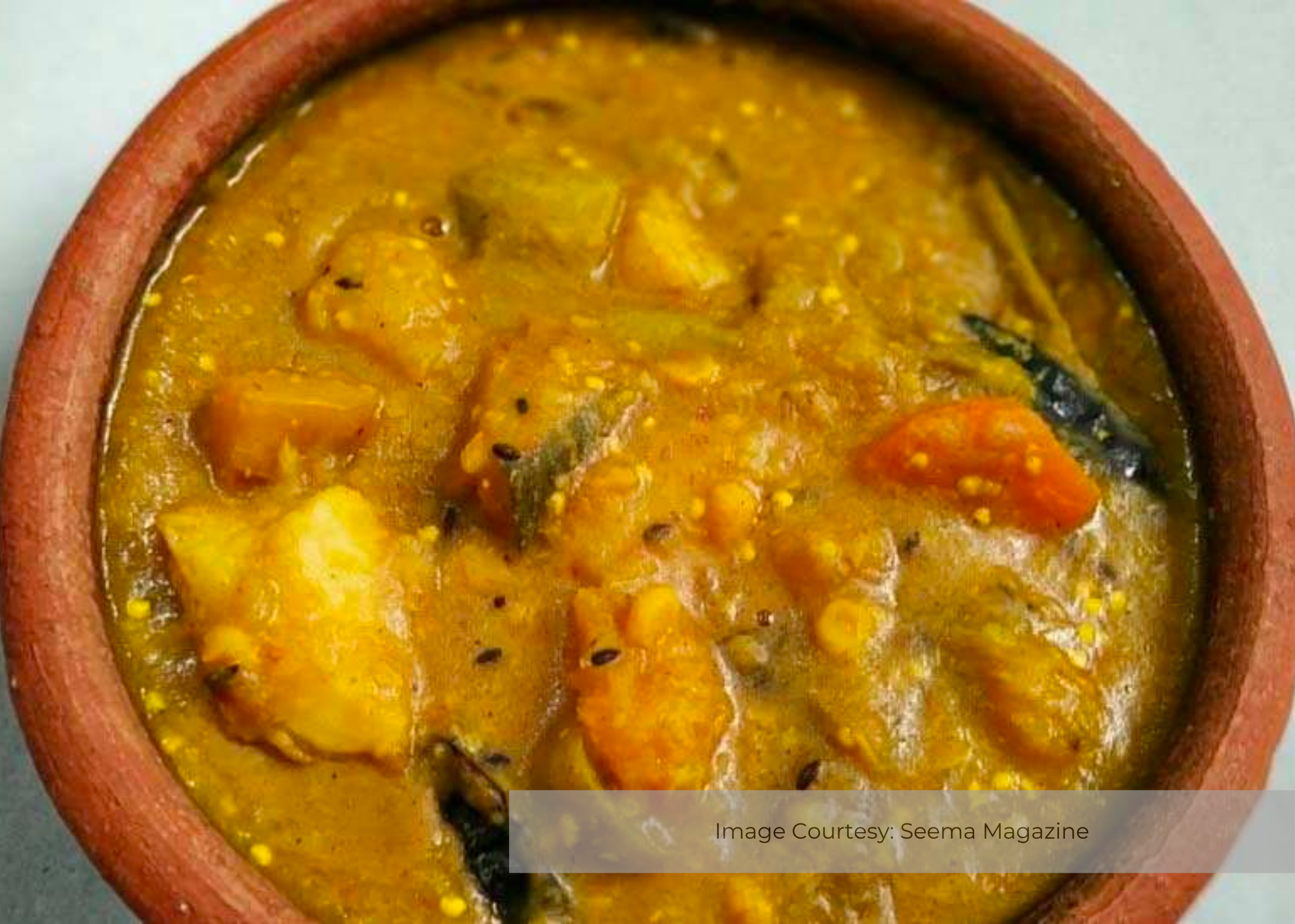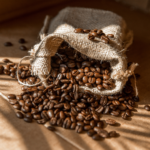Ah, Dalma… just the mention of it floods my heart with memories of home. In our Odia household, Dalma wasn’t just a dish; it was a ritual, a tradition passed down through generations. Every week, without fail, it graced our lunch table, a humble yet cherished centerpiece of our meals. Delving deeper into the culinary secrets and ingredient exploration of Dalma unveils a myriad of flavors and techniques passed down through generations.
The dish boasts a diverse array of variations, ranging from the common mung and toor dal versions to more elaborate renditions like Badia (served at Jagannath Puri temple) and Habisa (the satvik dalma cooked in the month of Kartik). Ingredients such as raw papayas, pumpkins, plantains, and a plethora of root vegetables lend their distinct flavors to the pot, while spices like Pancha Phutana add depth and complexity to the dish. Traditional cooking methods, such as stacking earthen pots over a wood fire, pay homage to the age-old traditions observed in the Jagannath temple.
Dalma is a simmering pot of symphony of vegetables and lentils, each ingredient adding its own melody to the mix. The aroma alone could transport you to the heart of our kitchen, where generations of family members gathered to create culinary magic.
Simple yet sublime, our weekday Dalma was a celebration of seasonal abundance. The star, of course, was the ever-changing array of vegetables, each adding its own unique flavor to the pot.
But oh, the Dalma of special occasions! It was a culinary spectacle, a labor of love shared among family members. The air would be thick with anticipation as we chopped, stirred, and simmered, transforming humble ingredients into a dish fit for the gods.
Our neighbors, too, were part of this culinary tapestry, sharing their own versions of Dalma with us. Yet, none could compare to Neighbor Aai’s Dalma – the aroma alone was enough to enchant even the gods themselves. And after much cajoling, she graciously revealed her secret, passing down her culinary wisdom to the next generation.
Before we dive deeper, let’s learn a little bit about the origin story of this staple Odia dish.
The origin of Odia Dalma
Legend has it that the Savaras, a non-Aryan tribe of Odisha, were the first to worship the Lord of Puri and Neela Mahadev. Their offering to the deity, a delicacy made from chana dal and vegetables, eventually evolved into the revered dish we know today as Dalma.
This sacred prasad, distributed to the tribals in the evening, symbolized their devotion and connection to the divine. Indradyumna, the king of Kalinga, was intrigued by this worship and sought to bring the deities to his kingdom.
Through a series of cunning maneuvers, including the marriage of his servant Vidyapati to Viswavasu’s daughter, Lalita, the king eventually established the Jagannath Puri temple, where Dalma became a cherished offering in remembrance of its humble origins.
Odia Dalma Recipe
As a child, I was a picky eater, content with just the dal and potatoes from the dish. But as I grew, so did my appreciation for Dalma. Its simplicity and versatility spoke to me, a reminder of the rich culinary heritage that shaped my identity.
So here it is, my take on Odia Dalma, a culmination of lessons learned from grandmothers, aunties, and generous neighbors. If you’re craving a taste of Odisha, a journey through flavors and memories, then this Dalma recipe is your ticket. Join me as we delve into the soulful cuisine of my homeland which also happens to be a quintessential part of Odia cuisine. Let’s savor every spoonful and celebrate the flavors of Odisha.
Ingredients for Odia Dalma
- Arhar / Toor dal- 1 cup
- Vegetables, chopped-
- Yam- ½ cup
- Pumpkin- ½ cup
- Raw banana- ½ cup
- Parwal / Pointed gourd – ½ cup
- Brinjal – ½ cup
- Moringa Drumsticks- ½ cup
- Beans- ½ cup
- Bay leaves – 2
- Turmeric powder- 1 tsp
- Salt – As per taste
- Grated Coconut- ¾ cup
- Water – 4 cups
For Spice Mix-
- Dry Red Chillies- 4
- Cumin seeds – 1 tbsp
For Tempering-
- Panch Phoran- 1 tsp
- Ghee- 2 tbsp
- Hing / Asafoetida – A pinch
- Ginger – 2 tsp, roughly chopped
For Garnishing-
- Coriander leaves- a handful, chopped
Directions for making Odia Dalma
- Wash & soak the dal for at least 45 minutes before cooking.
- Then, wash, peel, and chop all the vegetables into cubes and soak them in salt and turmeric water.
- Heat another pan and dry roast the cumin seeds and 2 red chilies till fragrant. Once the spices are roasted, let them cool and then grind them into a fine powder & keep aside.
- Into a pressure cooker, add the dal, bay leaves turmeric powder, and salt to taste. Add as much water as required and cook on a medium flame.
- Open the pressure cooker, only after all the pressure has been released. The dal should be well cooked but veggies should not be mushy and should hold their shape. Add water if you feel the mixture is too dry or thick.
- Add the freshly grated coconut to the Dalma pot.
- Then sprinkle the prepared roasted cumin and red chili powder on your dalma. Cover the dalma and let it boil for another 5 minutes, on a medium flame.
- In a tempering pan, add ghee, chopped ginger & panch phoran. After the panch phoran sizzles, add the remaining red chilies and add a pinch of hing to it. Let the tadka cook for about 30 seconds or until fragrant.
- Add the ghee tadka to the boiled dal and vegetable mixture. Cover it for 3-4 minutes to allow the flavors to mix in the dal.
- Garnish the Dalma with chopped coriander leaves and your dalma is ready to be enjoyed with steamed rice and a dollop of ghee.

Note: Panch Phoran or ପଞ୍ଚ ଫୁଟଣ (Panch Phutana) is a 5 spice blend commonly used in Odia and Bengali kitchens that includes Cumin seeds (jeera), Mustard Seeds (rai), Fennel Seeds (saunf), Fenugreek Seeds (methi dana), and Onion seeds / Nigella (Kalonji)
For those seeking an extra indulgent touch, a tantalizing ghee tadka elevates the aroma and taste of Dalma to new heights, offering a truly unforgettable dining experience rooted in tradition and innovation alike.

